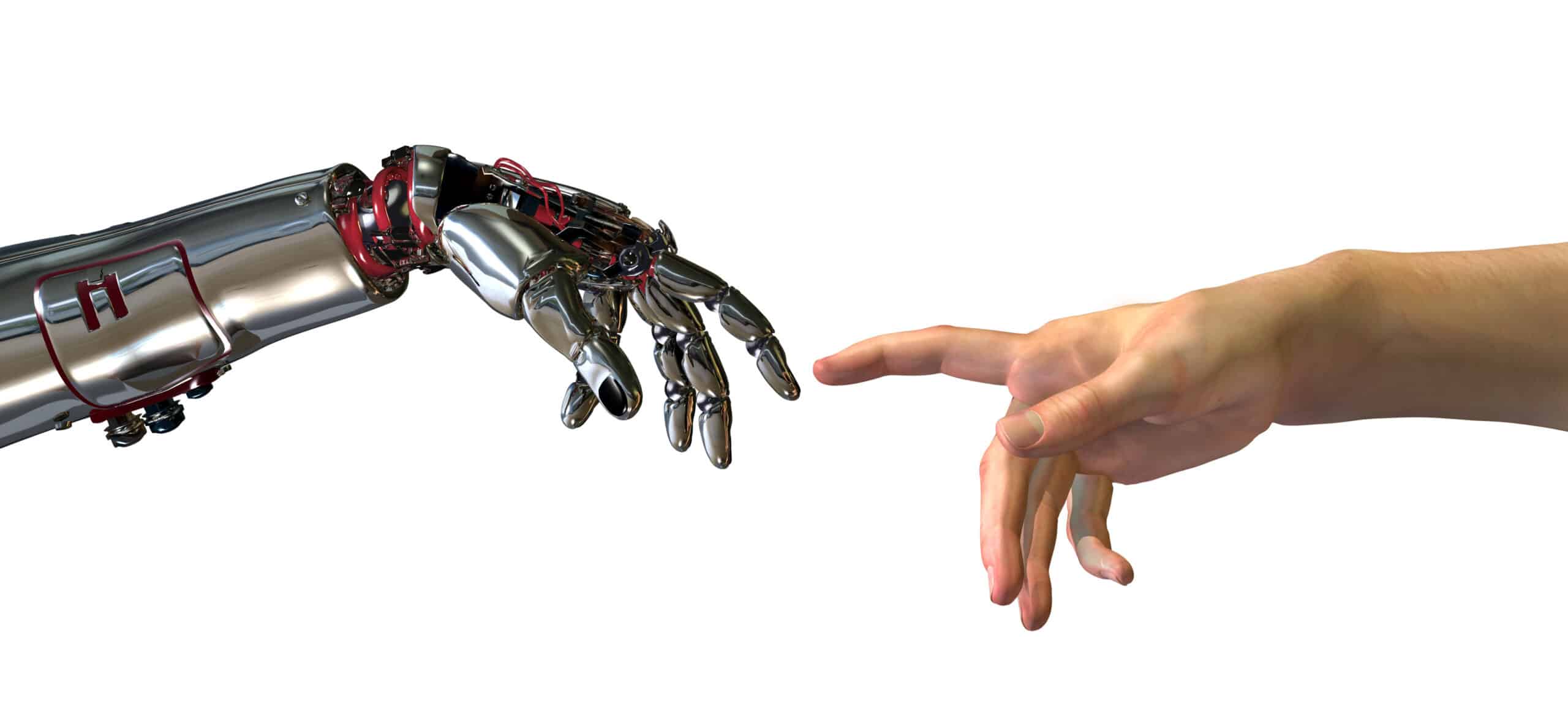Imagine being admitted into a long-term healthcare center, only to find out that it was being partly run by robots?
This may sound like some amusing sci-fi movie, or maybe even a little apocalyptic, but it’s actually a lot closer to reality than some people might think. You may be wondering if we should be worried about the thought of working more closely with robots, and I strongly believe the answer is ‘no.’ In fact, it’s not something we should fear, but is instead a futuristic solution to healthcare that we should be embracing with the utmost enthusiasm.
Why is the shift taking place now?
The timing of this great shift couldn’t be better. Today, there are about 46 million members of the 65-and-over club, but come 2050, that number is expected to double, which would make seniors around 25 percent of the American population. And as society continues to deliver and practice better healthcare measures, life expectancy rates are increasing as well.
Though that fact is a sure cause for celebration, the concerning part is that the number of seniors in need far outweighs the number of caregivers that are qualified and available for the job. One might suggest that the obvious solution would be to hire more hands on deck but the matter isn’t quite that simple.
The role of caregiver comes with noble responsibilities and a few hard-to-top benefits, but the truth is, it’s a very demanding job. In order to do the job well, and you must because the lives of patients depend on it, it requires full dedication, long hours, and intense passion. These are all things that not a lot of people can commit to for the long term. This is why caregiver burnout is such a glaring problem in the current healthcare climate, which has only been amplified by the pandemic.
Burnout leads to high turnover rates, which then leaves skilled nursing facilities in a state of chaos as they try to care for their patients and their staff at the same time. If the problem is that there aren’t enough caregivers, or that your organization only has room in its budget for so many, then why shouldn’t the solution be robot caretakers?
Should caregivers fear being replaced?
Being put out of work due to the mass overtaking of robots has created much fear in every industry, but as it turns out, there isn’t much of a story there. As mentioned before, our current caregivers often find themselves working to exhaustion in order to meet their patients’ needs, so once our senior population doubles, skilled nursing facilities won’t stand a chance if they choose to reject the help of artificial intelligence.
Robot caretakers aren’t meant to replace humans; you can never take the human touch out of skilled nursing facilities. Instead, they are meant to support long-term care staff.
When it comes to patient care, there are certain areas in which bots are unable to make themselves useful, and providing human interaction is one of them. Robot caretakers can listen and respond to patients, but residents wouldn’t regard them as true companions. In fact, most SNF residents would demand more from their robot caretakers because they aren’t worried about putting additional stress on them.
Robot caretakers can help with the majority of heavy lifting around the facility so that caregivers can spend more time doing what they want to do: caring for the critical medical and emotional needs of their patients.
Can seniors truly lean on bots to take care of their needs?
Today’s seniors may require an adjustment period to get used to interacting with more advanced technology, but the ones that will hit 65-and-over within the next few decades will be no strangers to automation and artificial intelligence.
Though we live in an age in which smart devices have literally altered our reality, skeptics are still unsure as to whether or not robots are equipped to actually mimic the attention to detail that a human caregiver can. The short answer is ‘yes,’ and here’s how.
These robots have been programmed to handle the routine tasks caregivers are usually responsible for, like checking vital signs, administering medication, assisting with feedings, and alerting healthcare professionals in case of an emergency. They can even offer contactless Covid-19 screenings to patients. But a robot caretaker’s biggest advantage comes in handling the more physically demanding parts of the job.
These robot caretakers can help patients bathe and use the bathroom, lifting their bodies from their beds or wheelchairs with ease. They can help patients get dressed and even make up residents’ beds after each use. When a robot is on the job, patients don’t have to feel embarrassed when they need to be cleaned up after using the bathroom or when they make a mess while they’re eating. And with artificial intelligence, elders are being looked after 24 hours a day. These bots can even pick up on physical cues that can indicate distress or discomfort, leading to fewer instances in which professionals are unable to get to their patients in critical moments.
Over time, robot caretakers will be able to handle even more complex tasks, like administering shots or cooking full-fledged meals. Healthcare executives are excited to introduce artificial intelligence into their facilities to help support their patients and staff members, but one thing is certain: robots can never replace human compassion. Caregivers should look forward to how bots can help support them while knowing they still play the most important role of all: and that’s providing the personal, human touch that can’t be replicated by technology.




